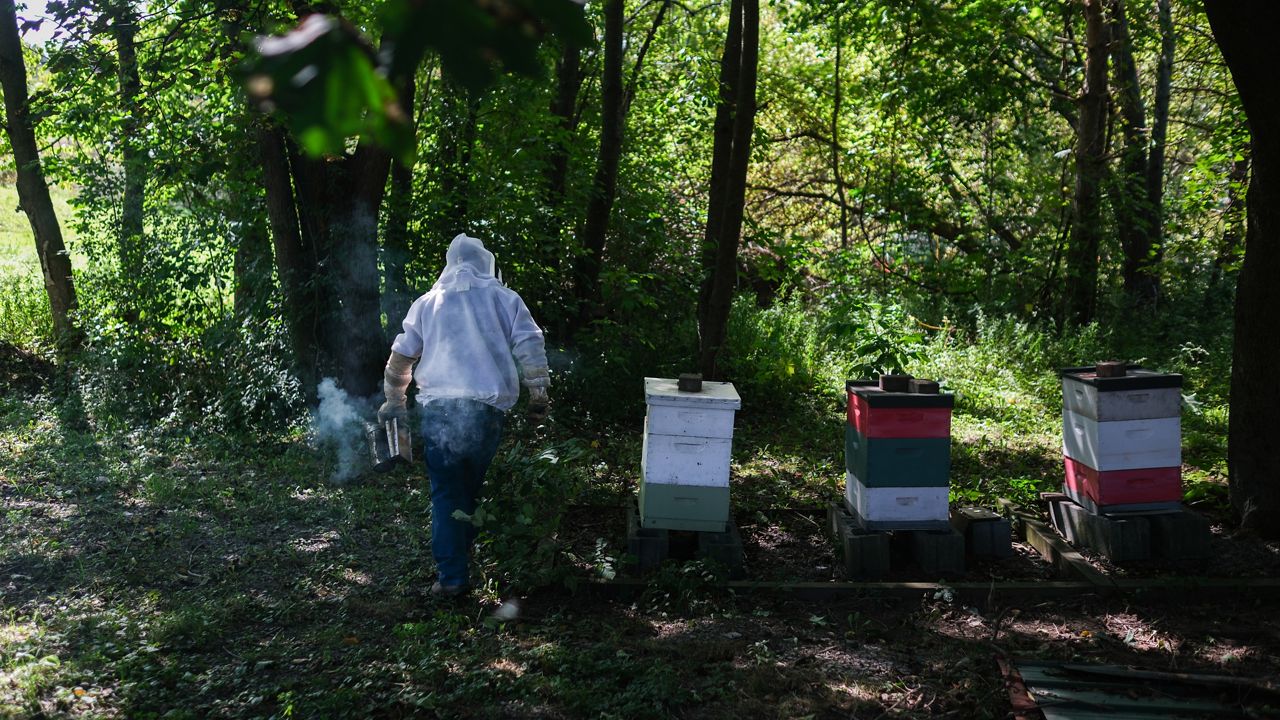Concerns about the honeybee population have been widespread for the past decade, however, bee experts say there should be more focus on the wild bee population.
“We have one species of honeybee here in the U.S.: It’s the European honeybee,” said Kaitlin Deutsch, a Ph.D. candidate in entomology at Cornell University.
As the name suggests, the species is not native to North America and has been imported from Europe, Deutsch said.

“We treat it kind of like an agricultural species. It is really important for crop pollination especially in large-scale farming situations,” she said.
But, in New York, there are more than 415 wild bee species.
“There’s still an incredible diversity right here in our state,” Deutsch said. “I don’t believe we have any endangered pollinators. However, out of the species we have here, we know about 38% of them are at risk of being lost from the state and this includes all pollinators, not just bees.”
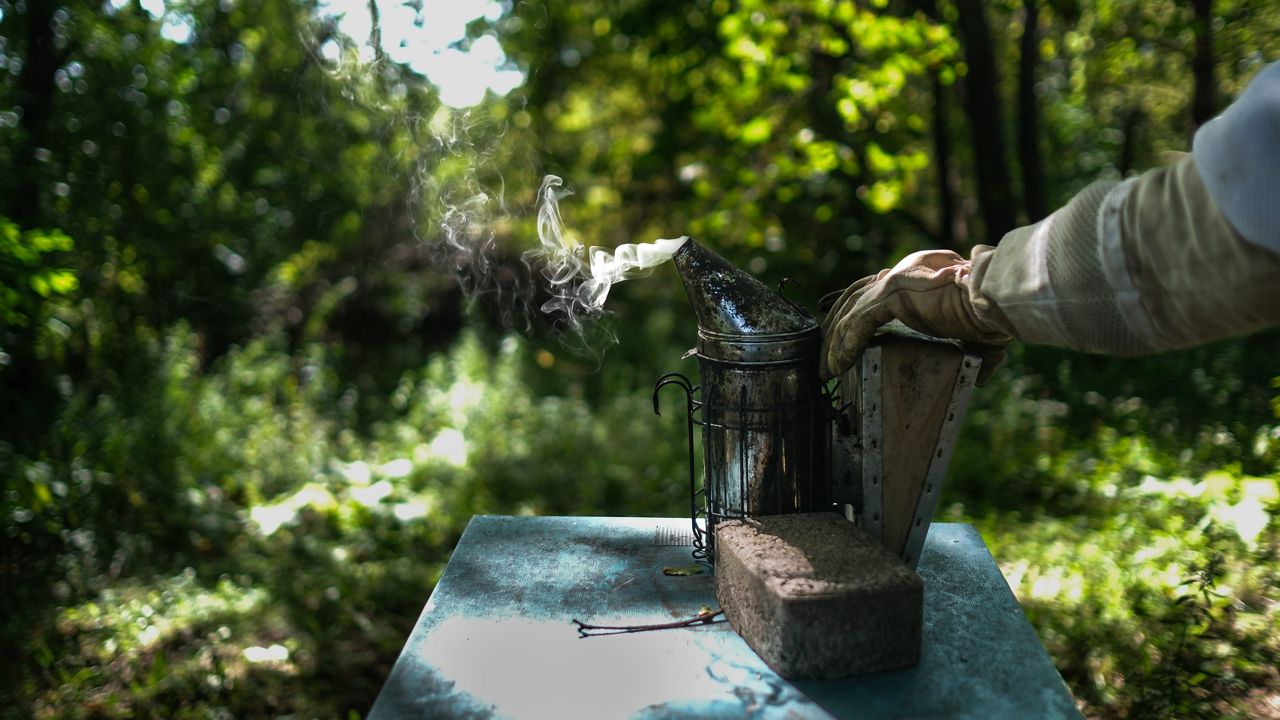
The Empire State Native Pollinator Survey researched the populations of these wild pollinator species in New York. It found a decline in some wild pollinators for a variety of reasons, including pesticide use, habitat loss, invasive species and competition with honeybees.
Research shows that wild bees are better at pollinating certain crops here in New York, Deutsch said.
“Some of the most important crops that benefit from wild bees are things like apples, strawberries and other greenhouse crops like peppers,” she said.
While honeybees have benefits as pollinators, Deutsch said they can pose a risk to wild bees.
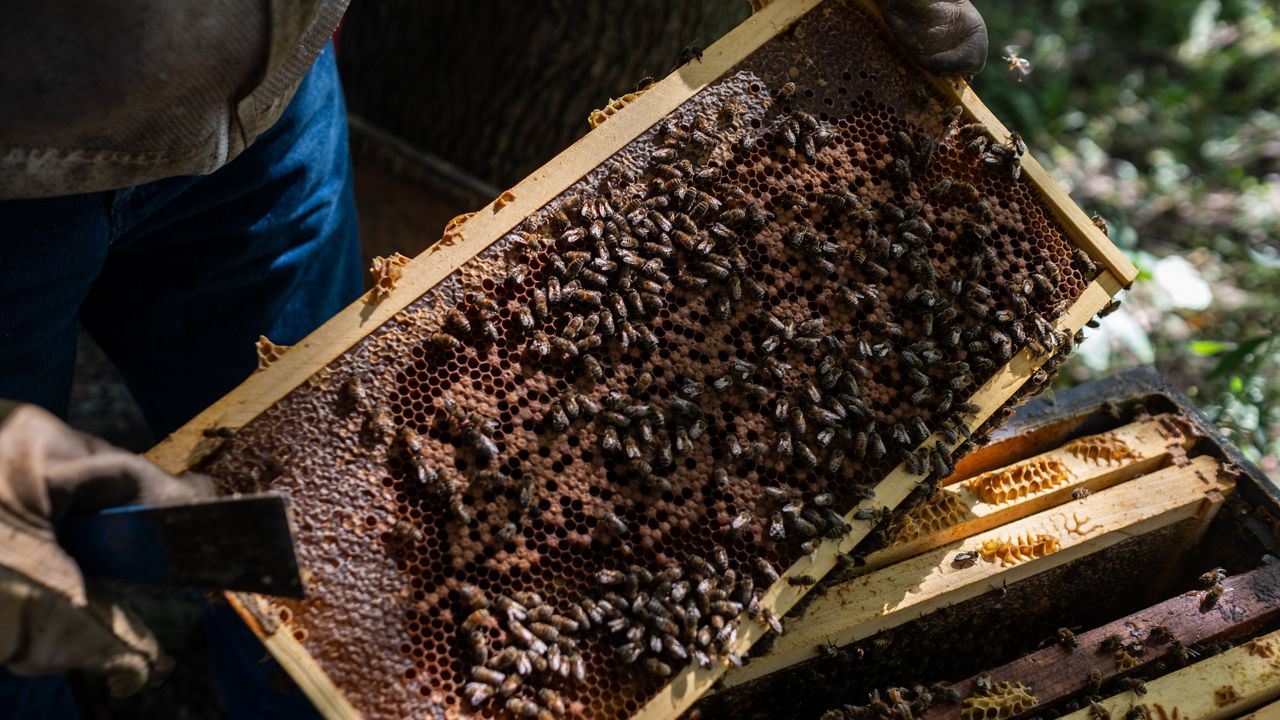
“There’s competition between honeybees and other wild bees for flower resources. They have to go out and collect a lot of pollen and nectar to come back and feed their colonies, so they are taking the same resources that our wild pollinators are also trying to collect and feed their offspring,” she said.
Deutsch said she isn’t opposed to people taking up beekeeping, but that it should be done sustainably.
“It’s valid to say that if you want to protect pollinators, you probably shouldn’t get a honeybee hive,” she said. “There are many reasons to have them, value them and appreciate them but if your concern is conservation, honeybee colonies won’t really help that, at least here in North America.”
Researchers who conducted the pollinator survey listed discouraging honeybee hives as a management technique for protecting wild pollinators.
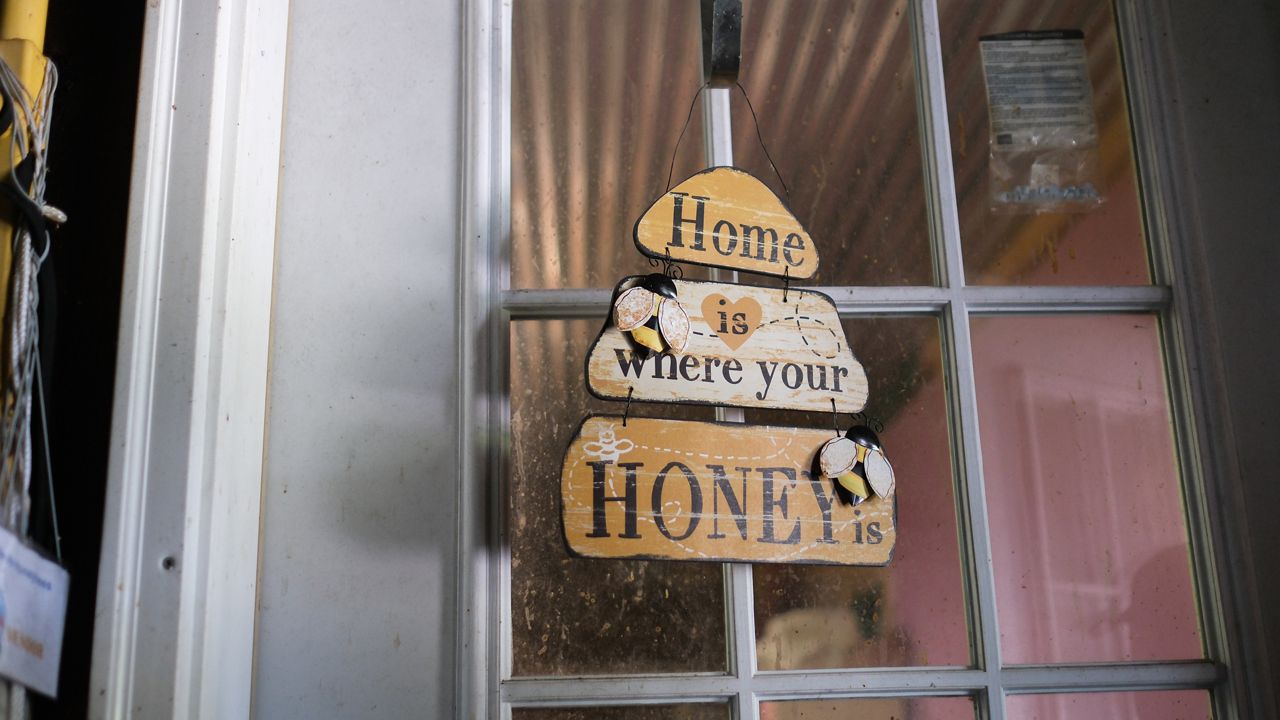
The other threat is a high level of viruses in honeybees that can be carried and transmitted by varroa mites.
“Varroa mites are these really nasty parasites that feed on tissue. They weaken the bee, but they also transmit these viruses from bee to bee,” Deutsch said.
The viruses and mites spread quickly because of the density of honeybees in a colony. When bees go out to forage, they can share the virus across flowers. Deutsch has been researching the levels of viruses found in wild bees when honeybees are present.
“What my work is really showing is that when you limit varroa mites in honeybee colonies, it actually limits the amount of virus that’s being shared with the pollen to other pollinators,” she said.

Deutsch said it is vital for beekeepers to manage their honeybee hives in a way that is sustainable and helps protect wild pollinators.
“If you apply pesticides for mites at certain critical times of the year, you can keep those levels down in your colony,” she said.
Additionally, Deutsch said planting native flowers around honeybee hives can help reduce the competition between them and wild pollinators.
Raymond Lowe, a local beekeeper and owner of Hiwire Honey in Lafayette, said in New York most beekeepers average a 40% loss of their hive to mites.
“Even with micromanaging them, you’ll be lucky to get below 20% loss. We’ve been between 20-30% the last couple years,” Lowe said.
He uses two different organic chemicals that target the mites in his 160 hives.
In addition to the honey sales, Lowe sells colonies to customers interested in starting their own hive. He encourages them to treat for mites; however, some don’t like the idea of using these chemicals.
“A lot of people don’t want to admit that they don’t want to manage mites, and I get it, it can be intimidating trying to decide what chemicals to use. So, I try to educate people on the products we use,” he said.
Often, new beekeepers will open the hive and say they don’t see any mites, but Lowe said they are nearly impossible to see as they are so small.
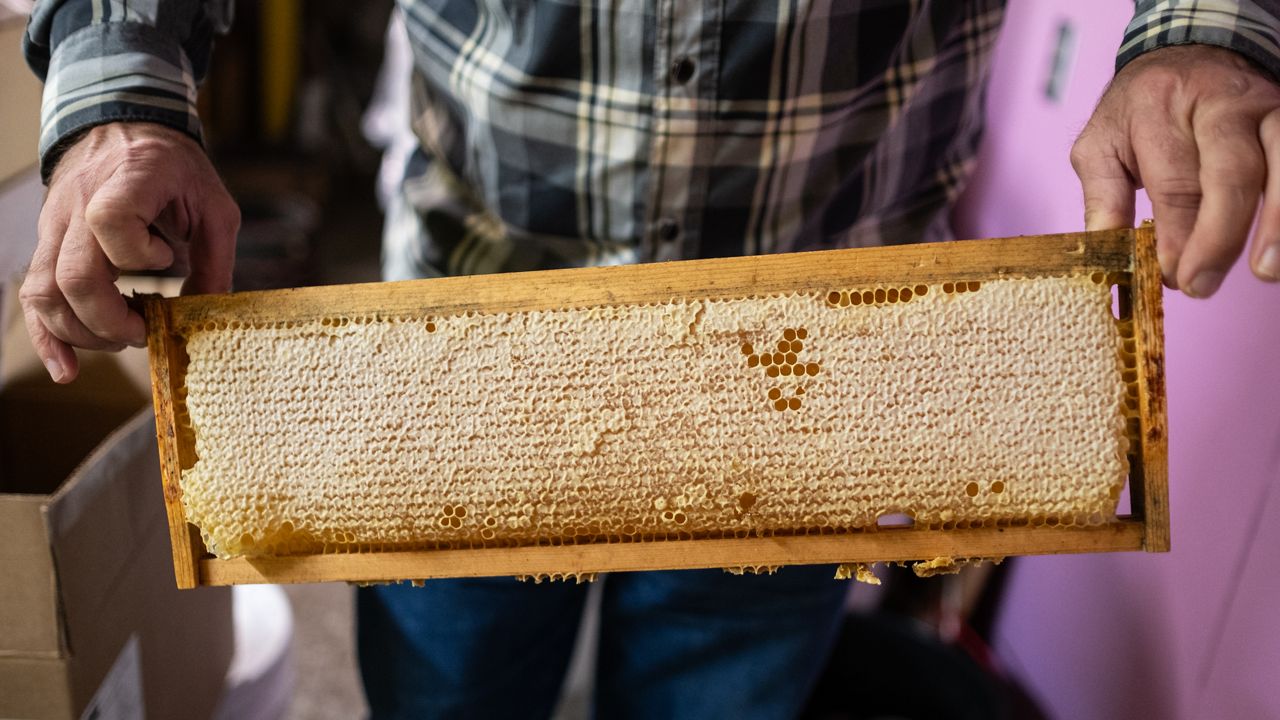
“They’re the size of a pencil point on a piece of paper, so you’re not going to open the hive and see them,” he said.
There are tests that can be done to check for mites, but they aren’t always accurate, Lowe said.
“In general, we are going to treat no matter what,” he said.
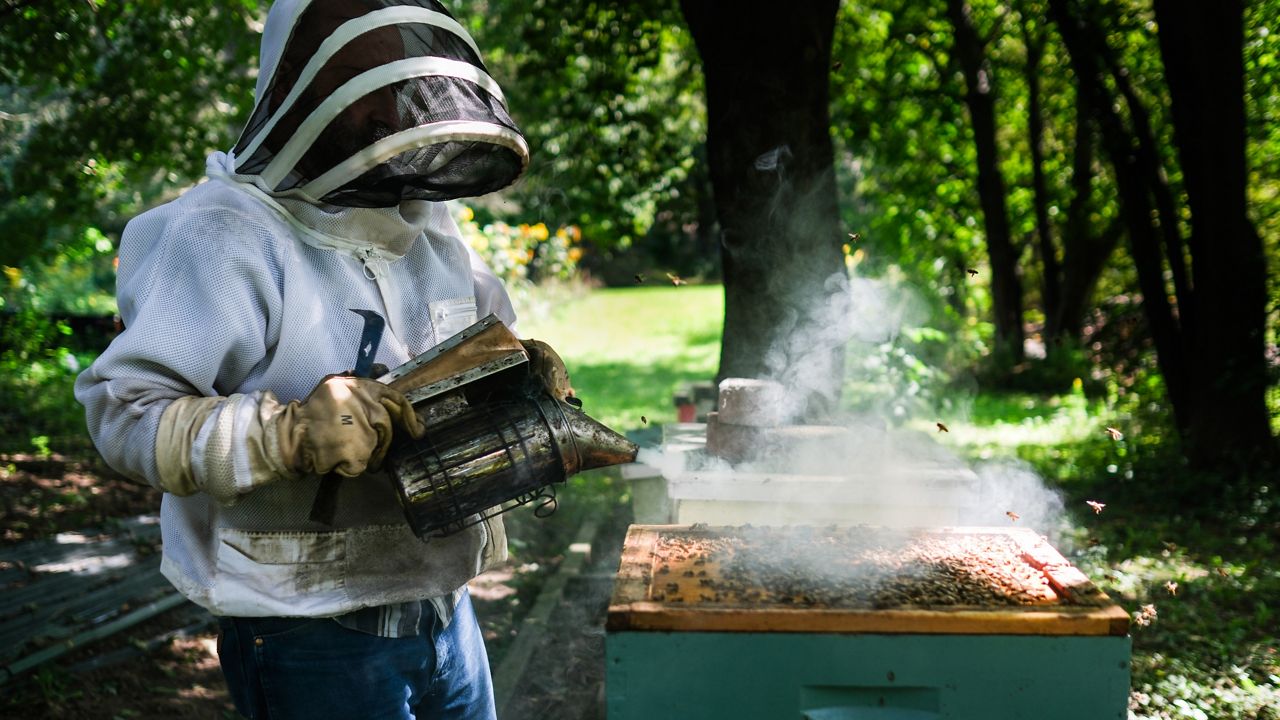
Lowe plants buckwheat near his hives so that the bees will pick up pollen from the plant that will impact the honey flavor.
“It has a flavor kind of like molasses, so it’s not what most people expect when they buy honey,” he said.
Bees can travel up to two miles if they need flowers, so in upstate New York, Lowe believes they don’t have as much competition where he is located.
“Planting flowers in a vegetable garden or landscaping is always good, but especially in this part of the country, there’s so much out there right now, so there almost isn’t a bad area to have bees,” he said.



